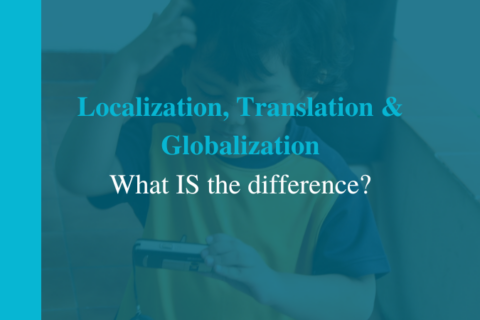Creating Innovative Learning Cultures
Recently, the international Global eLearning Conference featured an extraordinary group thought leaders and enlightening speakers. Chad Bellin of MindSpace led a discussion on learning culture and ways to be innovative in these times and maintain positive learning culture in your organization. Here are the highlights from Chad’s presentation.
The Perception of Learning Culture
Chad started his presentation by holding a real-time informal poll where he asked the audience about the learning culture of their organization. The majority of attendees, 56 percent, identified their culture as “Functional.” The question becomes, is “Functional” the best we can do when it comes to Learning & Development within our organizations? More importantly, is your organization’s Learning and Development (L&D) initiatives a cost center or an investment? We have seen a shift, in recent months, as companies recognize the necessity to reconnect employees and peers. Learning cultures therefore, can be an integral part of this new initiative.
Adapting Strategies to the New Normal
As people try to adjust to the new “workplace,” we see a lot more networking and desire to learn. Organizations need to focus on their people and make them feel special. By overcoming technology challenges, people are becoming more experienced at virtual meetings.
Chad described his own experience, in his work at MindSpace, to the benefit of breaking down what used to be full day-long sales meetings and repurposing them as segments carried out over week-long virtual meetings. By incorporating smaller segments, and utilizing break-out sessions, the company has been able to focus on connections and synergies between cohorts. During Covid-19, they redesigned a 26-week onboarding process, which used to center around in-person meetings, with great results.
What is Learning Culture?
Learning culture is not one thing… it’s consists of many attributes. When these attributes are common to a group of people, culture is defined. Some of these include:
- Morals
- Customs
- Patterns
- Rules
- Standards
- Attitudes
- Habits
- Achievements
- Values
- Goals
- Artifacts
- Social institutions
We assume that these attributes will be positive and contribute to a positive culture. It’s essential to keep in mind that negative attributes can infiltrate your culture and cause a downturn.
The Four Building Blocks of An Innovative Learning Culture
1. Your People
It’s essential to understand who is part of the organization. All audiences are unique. What is important to them? To which subset do they belong? Training leaders can help foster culture, communication, and support among and between these audiences.
2. Your Message
Messaging and the task of communicating effectively are vital. Your messaging has a high impact on learners and their perception of the learning culture. Good questions to ask:
- How often are you communicating? People like to know what’s going on.
- Are you sending mixed messages – is anyone confused?
- What’s the tone that you’re communicating?
- Are you requesting input or feedback, where appropriate?
3. The Experience
The experience is very, very important! You can spend a lot of time focusing on your people and your message, but the experience itself is what dramatically impacts culture. Ask for feedback, then act on it! Check for cohesion. You will be dealing with different people. Not everyone receives information the same.
Although we must utilize technology tools in L&D, don’t overdo it. Limit the number of platforms you use and be consistent.
Use gamification where possible. Set up individual and team incentives. Learn what will motivate your learners. Gamification applied to an overall L&D strategy can be extremely successful. Be sure that your training is branded appropriately.
4. Data and Results
Remember that culture is often based on perceptions. Collect and analyze data that provides concrete information that you can use to evaluate and improve. In this way, you’ll learn what you are doing well and conversely, where there is a need for improvement.
To view the LIVE VIDEO from the Global eLearning Conference, visit our YouTube channel. You’ll see this panel discussion and other highlights from this international event.
Global eLearning was the host and exclusive sponsor for this event. Global eLearning provides translation and localization services to meet the unique needs of the Learning & Development industry. For more information about Global eLearning, click here.


